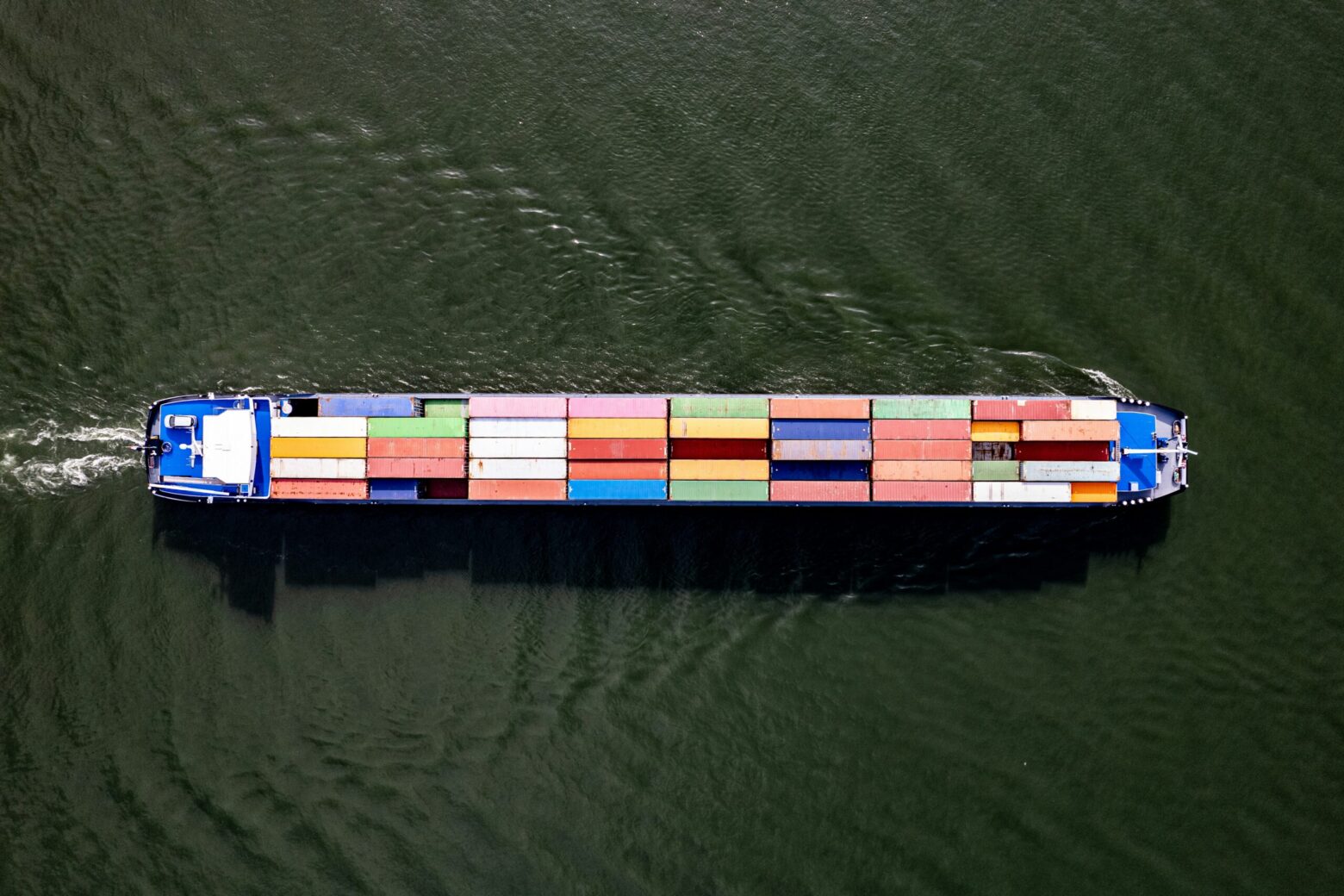Modern consumers enjoy a seamless shopping experience: a single click, a fast delivery, and a low price tag. Behind that convenience lies a complex web of production, transportation, and financing that often relies on forced labor—sometimes amounting to outright slavery. This article, prepared by the advocacy group Free Trade, Free People, pulls back the curtain on three high‑profile commodity chains—coffee, chocolate, and U.S. prison‑based forced labor—to illustrate how exploitation persists in today’s global economy.
1. Coffee: From Bean to Brew
The Scale of the Problem
- Estimated 25 million people work in coffee production worldwide.
- Up to 30 % of coffee farms in Brazil, Colombia, and Ethiopia have been linked to forced‑labor practices, according to recent NGO investigations.
How Slavery Manifests
| Exploitative Practice | Typical Manifestation | Impact on Workers |
|---|---|---|
| Debt bondage | Workers receive “advances” on wages that are never repaid because of inflated interest rates. | Traps families in perpetual indebtedness, limiting mobility. |
| Child labor | Children as young as 10 are employed on plantations during harvest seasons. | Denies education, exposes children to hazardous chemicals. |
| Coerced overtime | Managers enforce 12‑hour days with threats of job loss. | Leads to chronic health issues and exhaustion. |
Supply‑Chain Gaps
- Traceability: Most coffee beans are blended from multiple farms, making it difficult for roasters to verify origins.
- Certification fatigue: Labels such as “Fair Trade” are sometimes purchased by companies without rigorous audits, allowing violations to slip through.
What Can Be Done
- Blockchain‑based traceability: Pilot projects in Colombia have shown that immutable ledgers can verify farm‑level data, reducing the risk of hidden labor abuses.
- Consumer pressure: Brands that publicly commit to third‑party audits and publish audit results see a measurable increase in sales (average 7 % uplift in 2023).
2. Chocolate: Sweetness Built on Suffering
The Scope
- The global cocoa market is worth ≈ $120 billion annually.
- The International Labour Organization estimates 1.5 million children work in cocoa production in West Africa alone.
Forms of Modern Slavery
- Forced child labor: Cocoa farms in Côte d’Ivoire and Ghana often rely on children for tasks such as pod harvesting and bean sorting.
- Human trafficking: Migrant workers from neighboring countries are sometimes moved across borders under false promises of paid work, only to be confined to plantations.
Supply‑Chain Blind Spots
- Multi‑tiered sourcing: Large chocolate manufacturers source beans through several intermediaries, obscuring the origin of the cocoa.
- Inadequate monitoring: Annual audits cover only a fraction of farms (≈ 10 % of total acreage).
Effective Interventions
- Participatory monitoring: NGOs that train local community members to report abuses have reduced child‑labor incidents by 23 % in pilot regions.
- Legislative action: The EU’s 2024 “Due Diligence on Human Rights” law now requires companies to disclose steps taken to eradicate forced labor in their cocoa supply chains.
3. American Forced‑Labor Industry: Prisons as Profit Centers
The Hidden Economy
- The U.S. prison system generates ≈ $2 billion annually from inmate labor, ranging from manufacturing to agricultural work.
- In many states, inmates are paid $0.12–$1.15 per hour, far below minimum wage, and often have no ability to refuse work.
Mechanisms of Exploitation
| Industry | Typical Products/Services | Labor Conditions |
|---|---|---|
| Manufacturing | Apparel, furniture, electronics components | Mandatory overtime, limited safety training |
| Agriculture | Harvesting of fruits, vegetables, and nuts | Exposure to pesticides, lack of protective gear |
| Call centers | Customer service for private firms | Strict quotas, surveillance, punitive penalties |
Legal Loopholes
- 13th Amendment exception: The Constitution permits involuntary servitude “as a punishment for crime,” providing a legal shield for prison labor.
- Public‑private contracts: State governments contract with corporations that profit from cheap inmate labor, creating a conflict of interest that discourks reform.
Paths to Reform
- Fair‑wage legislation: Bills introduced in several states propose paying inmates at least $15 per hour and guaranteeing collective bargaining rights.
- Transparency mandates: Requiring companies to disclose the proportion of their products made with prison labor would allow consumers to make informed choices.
Connecting the Dots: Why These Chains Matter Together
- Economic Incentives Overlap
- Companies seeking lower production costs turn to regions or systems where labor is cheapest, regardless of legality or ethics.
- Supply‑Chain Opacity
- Lack of clear, verifiable data at each step enables forced labor to hide in plain sight.
- Consumer Disconnect
- Most shoppers are unaware that a morning coffee, a chocolate bar, or a cheap T‑shirt may be linked to exploitation.
A Call to Action
- Demand Transparency: Support brands that publish full supply‑chain maps and undergo independent audits.
- Advocate for Policy: Push legislators to adopt robust due‑diligence laws and to close loopholes that permit prison labor exploitation.
- Educate Communities: Share findings with local groups, schools, and workplaces to build a broader coalition against modern slavery.
By shining a light on these hidden practices, we can transform the invisible chains into visible accountability—and ultimately, a fairer, slavery‑free global economy.
